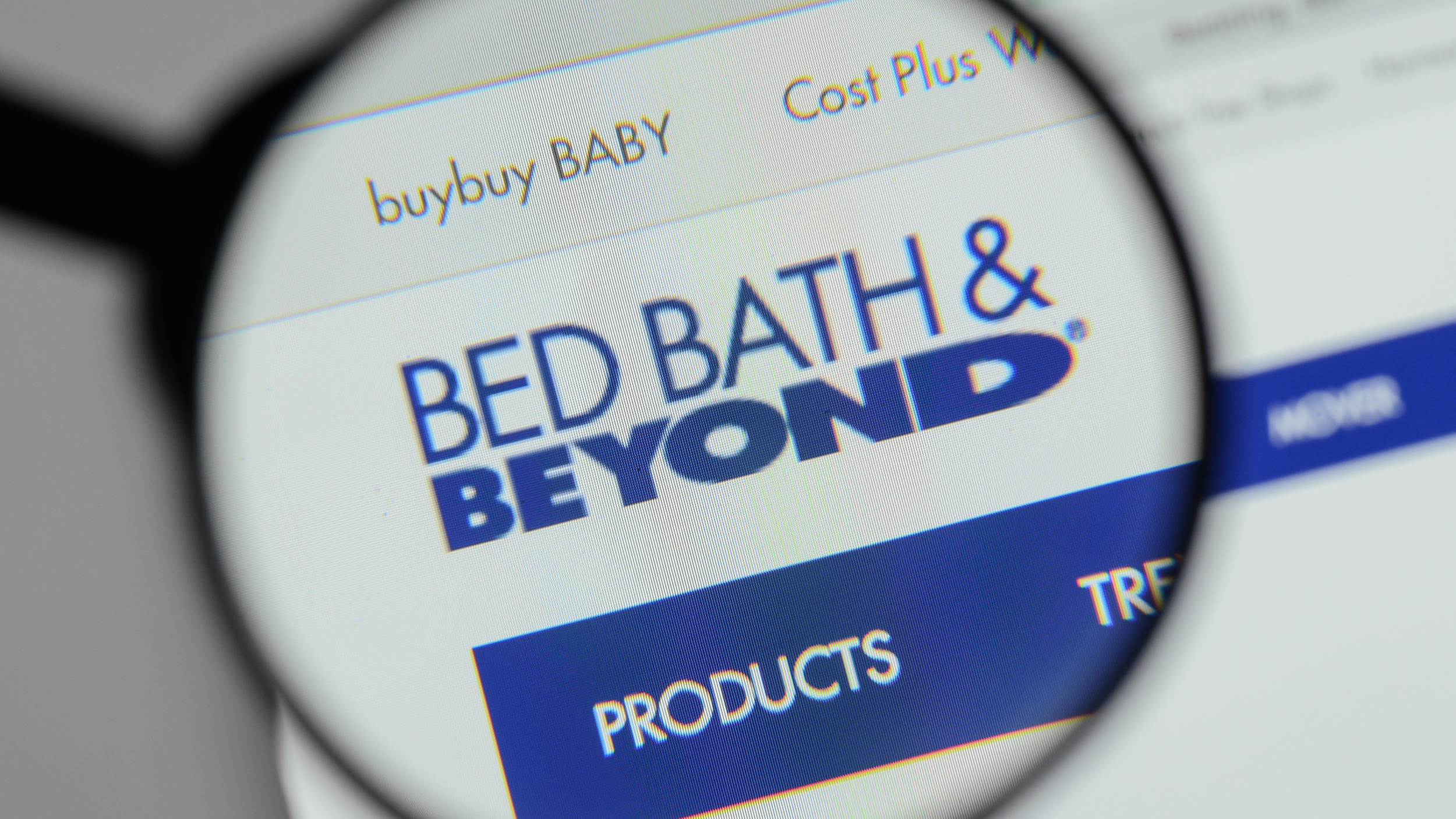Looking Beyond the Traditional and Adopting Omni-Channel

With a $250 million supply chain investment, Bed Bath & Beyond hopes to cultivate a strategy that utilizes “ERP upgrades, inventory management systems, distribution centers and store-to-fulfillment conversions.” The domestic merchandise retailer also plans to be able to restock inventory of individual locations in 10 days versus the 35 days it currently requires.
To meet this goal, it will establish four regional distribution centers with the help of an undetermined third-party logistics provider.
The demand for such improvement has been expedited by the global pandemic, as customers turned to online shopping. In addition, the organization is concentrating on both the shelf life of goods and whether they are easy to access.
According to Joe Hartsing, executive vice president and chief merchandising officer, the “overhauling [of the company’s] merchandising assortment [is] to focus on more productive items, eliminating redundancy, and adding newness in owned brands.” This strategy to marry physical and digital is not only beneficial to customers, but it also helps employees, too, as it gives workers more time to tend to the needs of customers.
To help with planning and inventory management, the retailer has partnered with Relex Solutions to enhance automated forecasting. Harsing believes the omnichannel strategy will be successful and brings attention to the “digital comps growing 99% under the Bed Bath & Beyond banner.”
If successful, the company may be able to close the gap with competitors like Target who have already adopted such strategies, and become a more compelling prospect for investors.
Source: Supply Chain Dive
- Categories:


